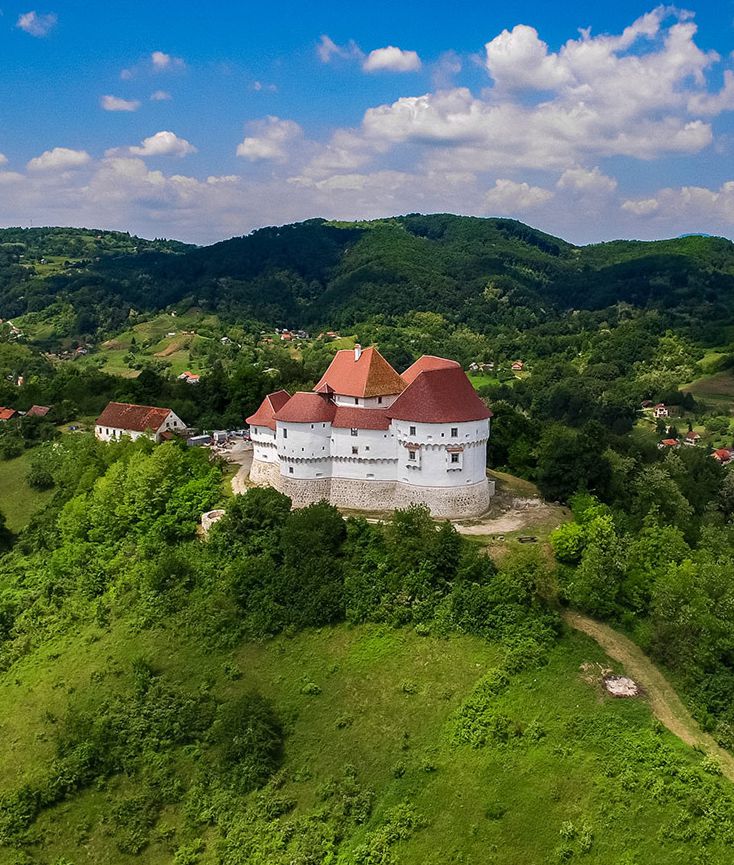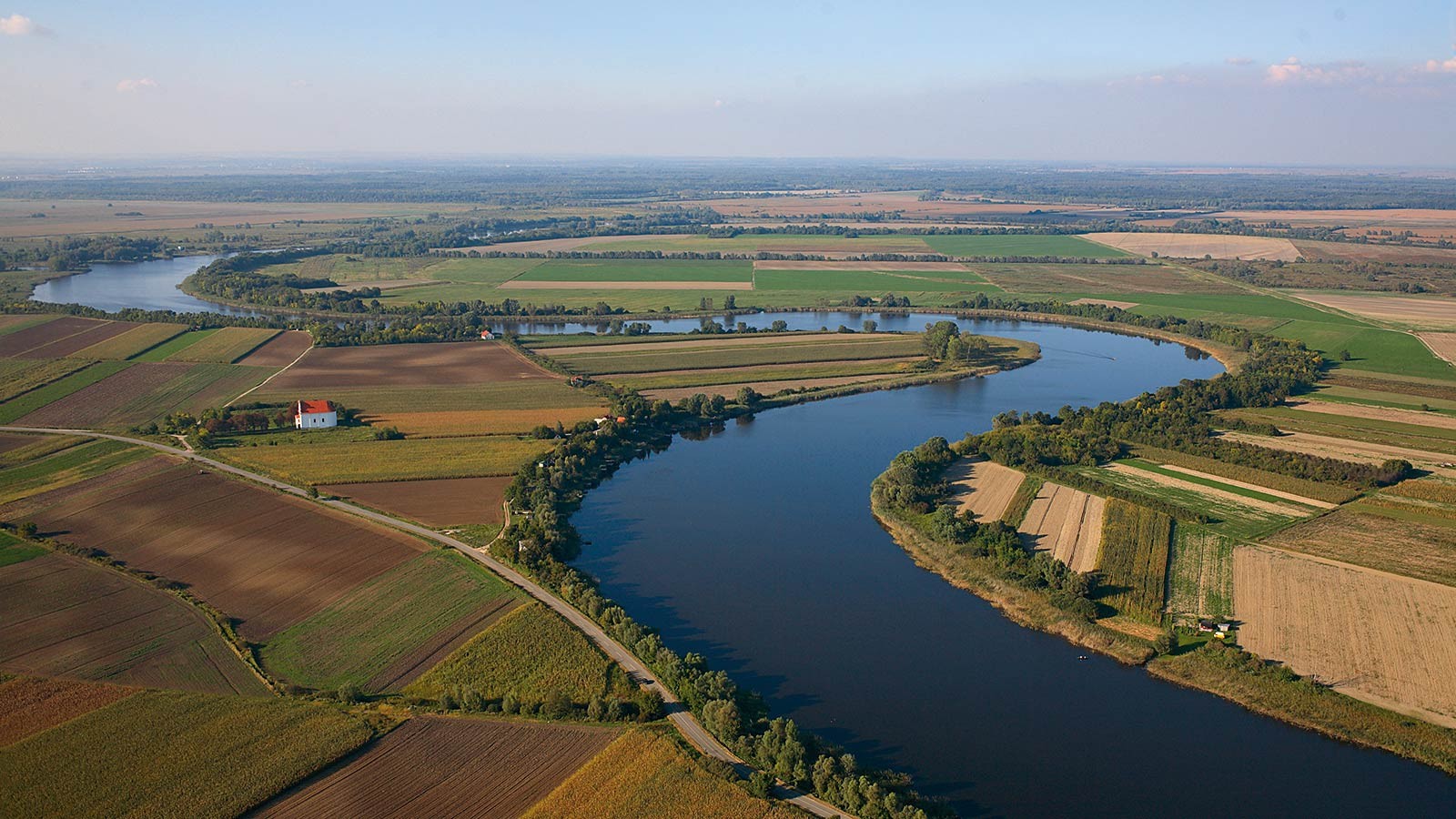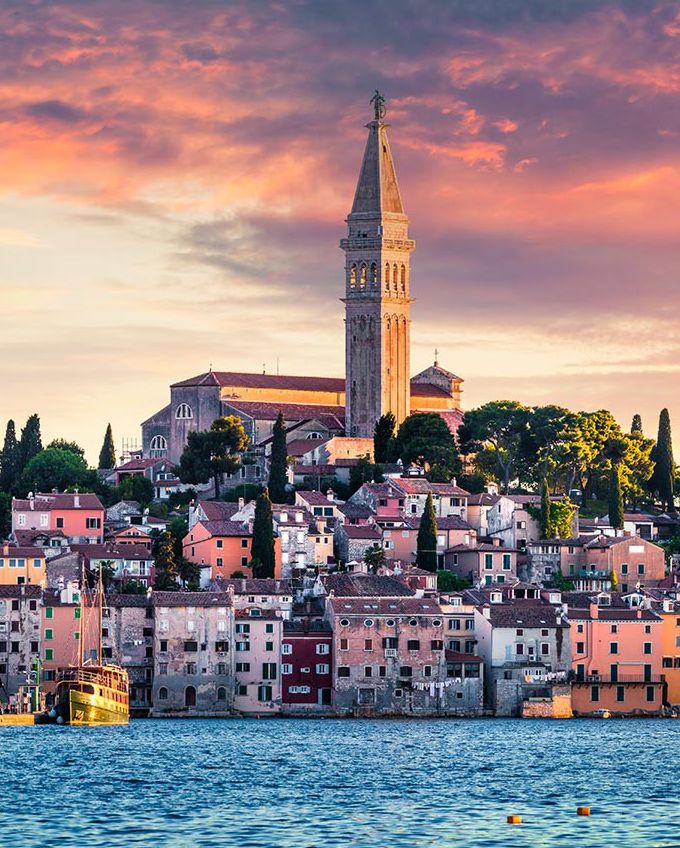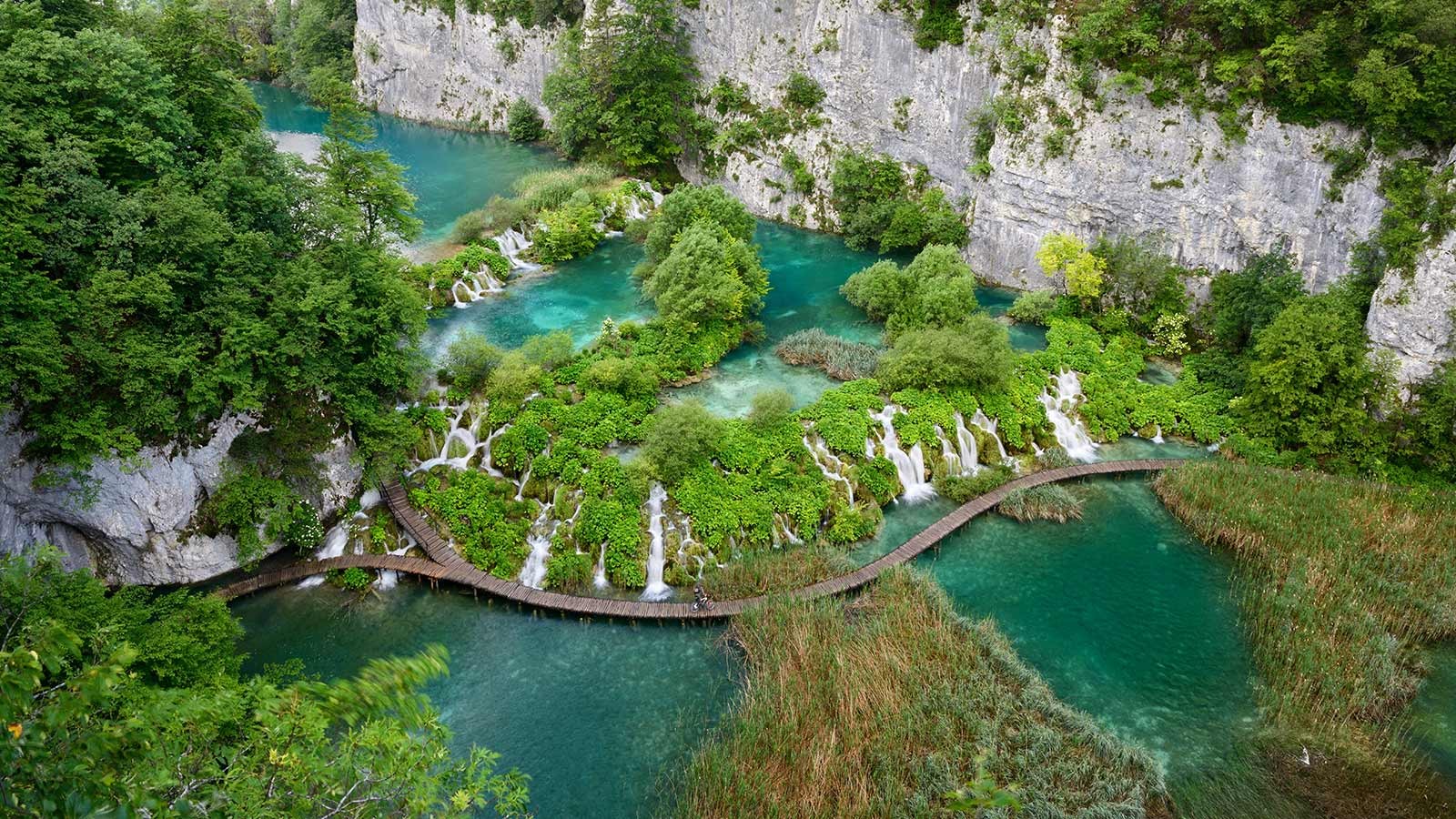Croatia
"The land of 1.000 islands"
The Croatian national territory totals 56.594 km2 with 31.479 km2 of coastal waters for sailing, swimming and diving.
Croatia occupies the largest area of the eastern coast of the Adriatic Sea which, as a part of the Mediterranean Sea, penetrates deep into the European continent. The narrow Dinara Mountain Range separates the country’s Mediterranean region from its central European continental section, which spans from the easterly edges of the Alps in the north west to the shores of the Danube in the East, encompassing the southern part of the fertile Pannonian lowlands.
How to arrive
Land, sea or air – any option you choose is a good way to get to Croatia. Rail connections offer direct or transfer connections with almost all European countries. Croatian highways, whether you travel by bus or your own car, are newly built, fast and modern. Its shores are open the whole year via a ferry service from Italy. There are nine international airports across the country which are connected with major European cities, especially during the summer season.
It does not matter how you travel, as long as you come to Croatia!
Travel documents
Your trip to Croatia doesn’t mean visa headaches either. In most cases, the only form of ID required is a valid passport. And if you’re an EU citizen, you can also use your national ID card. Croatian customs regulations are almost entirely in harmony with EU standards.
More informacion can be found here.
Currency
The Croatian currency is the kuna, named after the precious marten, a small animal whose fur was so valuable in the Middle Ages that it was used as a means of payment. Kuna is the only official means of payment in Croatia, but most Croatians can quickly calculate prices in Euros, which will make things easier for you, especially if you come from one of the countries in the Eurozone.

Regions of Croatia
NORTHWEST
Northwestern Croatia includes Zagreb, the capital, and the lands around it, up to the Slovenia and Hungary in the northeast. Big rivers (the Drava, Mura and Sava) define the natural borders – they are still mostly natural, with sometimes large floodplains with marshes. Drava is said to be one of the last remaining natural lowland rivers in Europe. Hills rise from the plains, but not more than little bit over 1000m above the sea level, often crowned with the forts and castles. The area abounds with hiking routes and mountain huts. Vienna style Zagreb is the main urban attraction, but small towns like baroque Varaždin or festive Samobor are still interesting and lovely.
EAST (SLAVONIA)
The granary of Croatia mostly flat Eastern Croatia is delineated by the Drava (bordering Hungary) river in the north, and the Danube in the east (bordering Serbia), and Sava on the south (Bosnia). Rivers are attraction in their own right, wild and dynamic, still spilling over to their vast floodplains like Kopački rit and Lonjsko polje nature parks. These parks are living zoo, with impressive deer rut in the autumn and huge flocks of the birds and other animals. Lonjsko polje is furthermore blessed with the traditional architecture of wooden houses that could even be easily dismantled during the floods. Island hills are dominating central part, with Papuk mountain and nature park. Several towns deserve attention like Osijek, the centre of the region, but also Đakovo, even war wrecked Vukovar, now rebuilt on the Danube banks, today an important stopover on the Danube cruising.

CENTRAL CROATIA
Karlovac is the town at the thinnest part of Croatia, where plains start rising into the hills, then mountains. It is also the meeting point of emerald rivers, with deep slow parts that suddenly tumble down through spectacular waterfalls. Plitvice Lakes are the best example. Hills culminate in Gorski kotar, a region touching Slovenia on the northwest and Kvarner to the west. Deep green in summer, white in winter, this is the realm of wild animals and scattered villages and towns and wild rivers. Gorski kotar gradually descends to the south, to the Lika highland, with lovely meandering rivers that are born in one side of the plain, flows gently and disappear back in the underground. The view onto the sea is obstructed by very high coastal mountains like the Velebit Mountain, arguably the wildest part of Croatia, with spectacular landscapes.
ISTRIA
Even Romans loved Istria, as vilas rusticas distinctly demonstrate. Istra is therefore cultivated land, with enchanting coastal towns like Poreč, Pula or Rovinj, but also in the interior. Motovun, Hum and others are hilltop towns amid the rolling hills with the wood and small farms. In Istra, you can majestically wine and dine, immerse in history, engage in various outdoor activities or just be lazy on the beach. Brijuni and Kamenjak re natural highlights, but every nook and cranny of Istra offers a chance to discover something and please your senses.

Kvarner
Kvarner is bordering Gorski kotar on east and Istra on the north. Actually, southern slopes of Istrian Učka Mountain are part of the area. Kvarner is a huge bay with the port city of Rijeka at the bottom. Continental part consists of two sides. One goes to the Učka mentioned above foothills – Opatija Riviera, with the string of small coastal towns, glitzy Opatija is the most known. These towns are a blend of Croatian and Austrian architecture, with posh villas and hotels. Another continental side follows the Adriatic coast to the south, beneath the mountains that eventually become mighty Velebit. Several towns are also tourist centers. Then, there are islands: the largest Croatian islands –Krk and Cres, together with Mali Lošinj are and popular tourist destinations with beautiful nature and historic coastal towns. Smaller, bare and weather-beaten islands that jut from the sea stretch further south, ending with the Rab Island – the border with Dalmatia. This is the most accessible part of the Croatia coast.
Dalmatia
All praises to Kvarner and Istra, but Dalmatia is the true Mediterranean. Split is the largest city, but Zadar, Šibenik and Dubrovnik are other major economic hubs, but also historical and cultural centers of Dalmatia. Numerous other stone, mellow towns, and villages adorn the coast that you can’t escape the ancient times that date back to the Greek presence.
Dalmatia is a coastal getaway, where people still blend in harmony with nature (despite rampant urbanization in some places). Blue and crystal clear sea bathe mostly rocky shore, in the shadow of the Aleppo pine and Mediterranean oaks. Dalmatian islands often emanate in laid-back island vibe, while some of them like Lastovo excel in island seclusion.

Croatia in numbers
Text and photo: Croatia Tourist Board